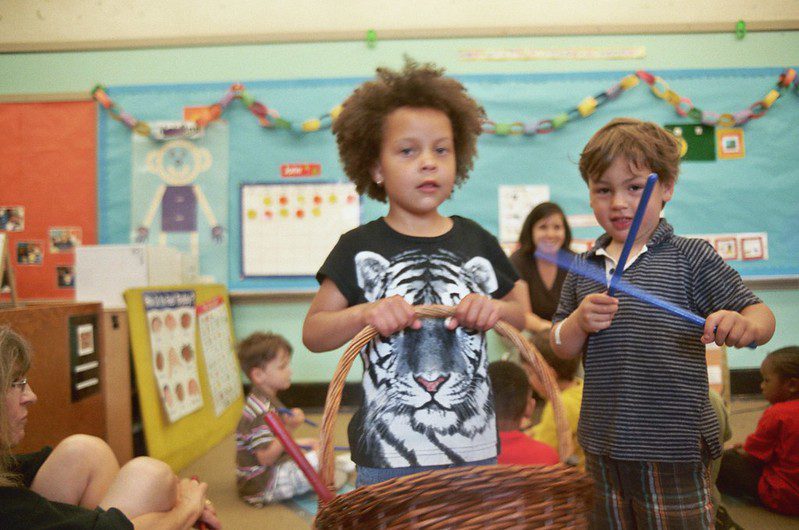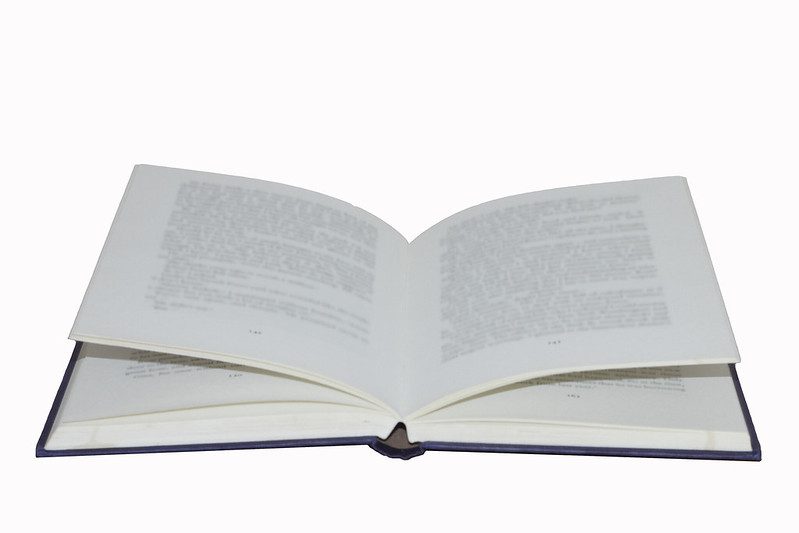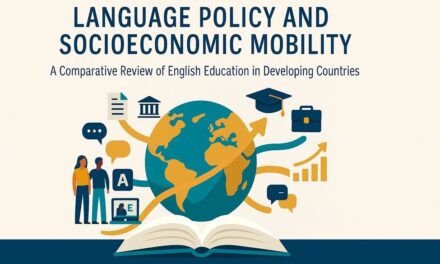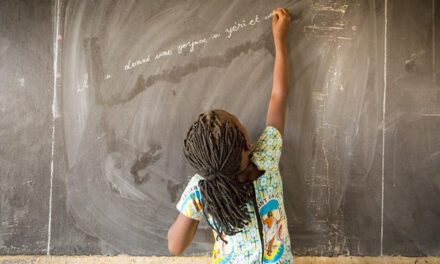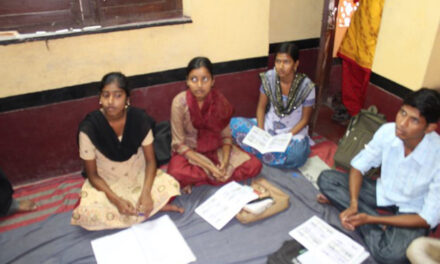The authors of this post are contributors to Bloomsbury Education and Childhood Studies. Dr Pamela Malins, Assistant Professor, University of New Brunswick, Education, explores early childhood curriculum, literacies, and identities. Dr Rachel Heydon is Professor, Faculty of Education, Western University, where she studies early childhood curricula, literacies, and educator professional learning. Dr Emma Cooper, Instructor, Memorial University, researches in the areas of elementary curriculum studies, multimodal literacy pedagogy, and social semiotics.
Free access for one month

Members of the UKFIET community can explore the Bloomsbury Education and Childhood Studies platform for free until 17 December 2019 with the credentials below: Username: UKFIET Password: Nov2019 To access, enter credentials into the Institutional Login area. If you are interested in contributing to the platform, please contact Maria.Brauzzi@bloomsbury.com |
Research concerning the intersections between early childhood education and subjectivities has been ubiquitous (e.g. Olmedo & Wilkins, 2016; Ritchie, 2008); yet despite prominent exceptions (e.g. Robinson & Davies, 2016), little of this research has concerned gender and sexuality.
Canada is a prime context to explore such queries as it was one of the first countries to legalize same-sex marriage (in 2005 compared to 2014 in the UK) and in 2017, added gender identity and expression to its Human Rights Act. Children in Canadian classrooms are the children/ friends/ neighbours of people in same sex marriages, and they are ostensibly citizens in a context that values diversity and inclusion. To contribute to an international conversation that can forward robust understandings of diversities and education, here we share findings from a critical discourse analysis of Canadian programmatic kindergarten curricula (Malins, 2017) that focused on gender and sexual identities and their configurations. Note that in Canada, each province or territory governs education. Kindergarten, which can begin as early as age 3.8 years, signals school entry, though is optional in most jurisdictions.
Concerning sexual identities, the study found:
- Most curricula included outcomes for skills or knowledge that children should demonstrate by the end of kindergarten.
- Curricula varied significantly regarding the inclusion, kind, and degree of outcomes related to gender and sexuality and/ or that might be implicated in developing subjectivities related to gender and sexuality.
- Only two curricula included same-sex families in their outcomes.
- The phrasing of outcomes affected whether inclusion of same-sex families was a suggestion or a requirement.
- In sum, only one outcome statement in all curricula provided strong support for educators to justify including same-sex relationships in their teaching.
Concerning gender identities, the study found:
- Few outcomes challenged gender stereotypes.
- Even curricula that seemed to offer expansive options for gendered subjectivities inadvertently reinforced stereotypes.
- Curricula often described gender roles in binary terms, reflecting heterosexual relationships and emphasizing gender norms.
The findings of Malins’s (2017) critical discourse analysis suggests strategies that can broaden gender and sexual subjectivities for children; these include the call for curricula to:
- contain explicit inclusion of content that represents the range of possible families;
- use gender neutral language. Rather than gendered terms like boy/ girl/ mom/ dad, try children/ students/ friends/ caregivers/ guardians/ family members;
- configure gender and sexual identities expansively, disrupt gender roles across all forms of families and identities;
- Include rich semiotic opportunities for children to make sense of gender and sexual identities, including critical conversations about where stereotypes originate.
All curricula produce subjectivities related to gender and sexuality; the question is: what are these subjectivities and how do they relate to contemporary movements towards more expansive options for people?
Canadian programmatic curricula remain mired in old thought and affect. What about curricula from other countries? Our hope is that this blog entry can spark conversation that forwards efforts to break gender stereotypes and expand identity options, globally. Given that quality education and gender equality are among 17 Sustainable Development Goals promoted by the United Nations (2015), their role in education, particularly early childhood education, requires international attention.
References Cited
Malins, P.M. (2017). Making meaning of gender and sexual identities in early childhood: A
critical discourse analysis of Canadian early childhood curricula (Doctoral dissertation, Western University, London, Canada). Retrieved from https://ir.lib.uwo.ca/etd/4663
Olmedo, A., & Wilkins, A. (2016). Governing through parents: A genealogical enquiry of
education policy and the construction of neoliberal subjectivities in England. Discourse: Studies in the Cultural Politics of Education, 38(4), 573-589. Retrieved from https://doi.org/10.1080/01596306.2015.1130026
Ritchie, J. (2008). Honouring Māori subjectivities within early childhood education in Aotearoa.
Contemporary Issues in Early Childhood, 9(3), 202-210. doi:10.2304/ciec.2008.9.3.202
Robinson K.H., & Davies, C. (2016). Sexuality education in early childhood. In L. Allen and
- Rasmussen (Eds.) The Palgrave Handbook of Sexuality Education (pp.217-249). London: Palgrave Macmillan.
United Nations. (2015). #Envision 2030: 17 goals to transform the world for persons with
disabilities. Retrieved from https://www.un.org/development/desa/disabilities/envision2030.html

